Turn your garden into a haven for both humans and bees with a few easy tricks. Gardens are our little patches of heaven where we like to relax at the end of the day and enjoy what nature has to offer: the amazing colors and smells of our favorite flowers. But there’s someone else who loves gardens just as much as we do – bees, our trusted hard-working pollinators.
Choose Bee-Friendly Flowers, Trees, and Vegetables:
Type of Plant | Bee-Friendly Plants | Reasons Bees are Attracted |
Flowers | Lavender | Abundant nectar source, fragrant blooms |
Bluebells | Bell-shaped flowers, rich in nectar | |
Echinacea Purpurea | Daisy-like blooms, high nectar content | |
Sunflowers | Large, pollen-rich blooms, attractive to various bee species | |
Bee Balm (Monarda) | Clusters of tubular flowers, rich in nectar | |
Salvia | Tubular flowers, high nectar concentration | |
Coneflowers (Echinacea) | Showy flowers with a central cone, rich in nectar | |
Foxglove | Tubular flowers, attractive to long-tongued bees | |
Borage | Blue, star-shaped flowers, rich in nectar and pollen | |
Vegetables | Onions | Produce nectar and pollen, especially when they bolt |
Beans | Provide pollen and nectar for bees, especially when flowering | |
Peppers | Bell-shaped flowers, attractive to pollinators | |
Cucumbers | Yellow flowers that attract bees during blooming | |
Squash (including Zucchini) | Large, showy flowers, rich in nectar and pollen | |
Tomatoes | Yellow flowers are attractive to bees during flowering | |
Fruit Trees | Apple Trees | Fragrant blossoms provide nectar and pollen |
Cherry Trees | Abundant flowers with nectar and pollen | |
Plum Trees | Clusters of flowers that attract bees for pollination | |
Peach Trees | Sweet-smelling blooms, provide nectar and pollen | |
Pear Trees | Clusters of white flowers attract bees |
Plan for Continuous Bloom:
Diversity is the Key:
Just like us, bees appreciate a variety of choices when it comes to their meals. To make your garden a go-to spot for these buzzing buddies, think about adding flowers with different blooming schedules. This means having a mix of plants that bloom at various times throughout the year. [Useful Article – Best Bee-Friendly Flowers For Every Season]
Early Bloomers:
Imagine your garden as a breakfast buffet for bees. In early spring, some flowers wake up before others, offering a delightful spread for bees that are out and about early in the season. Flowers like crocuses and daffodils are like the early morning delights, providing a tasty start to the day for our buzzing friends.

Mid-Season Delights:
As spring rolls into summer, more flowers burst into bloom, creating a mid-season feast for bees. Lavender and foxgloves, for example, are like the garden’s lunch options, keeping bees happily humming as they collect nectar and pollen.
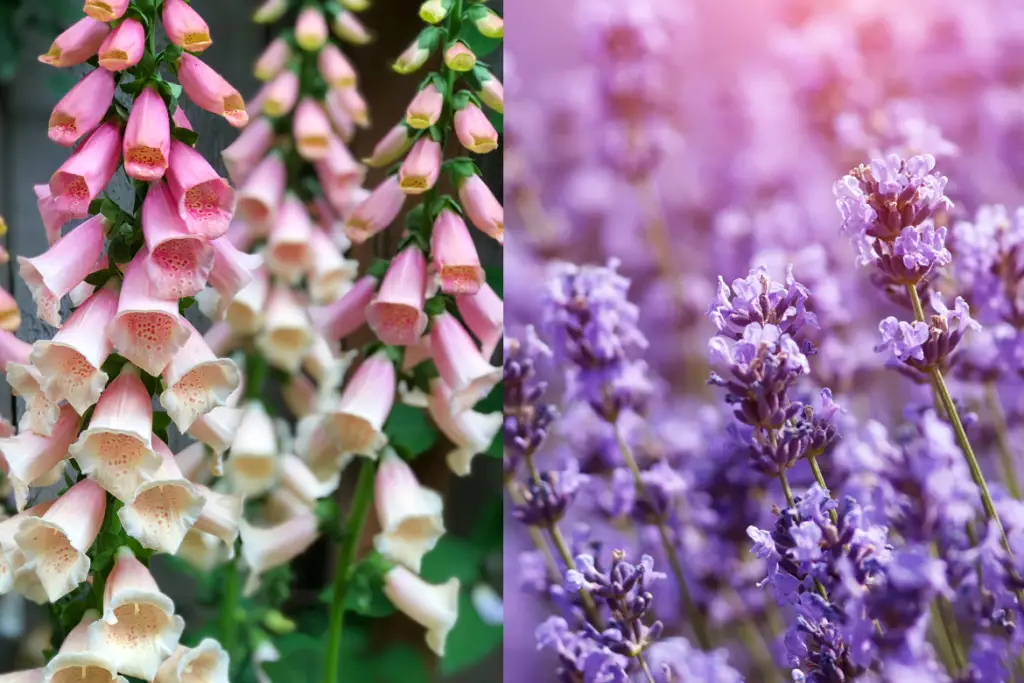
Late Bloomers:
But the buffet doesn’t end with summer. Late-season flowers, akin to a satisfying dinner, continue the supply of food for bees well into the fall. Imagine flowers like asters and goldenrod as the evening options, ensuring that bees have something to enjoy as the days get cooler.
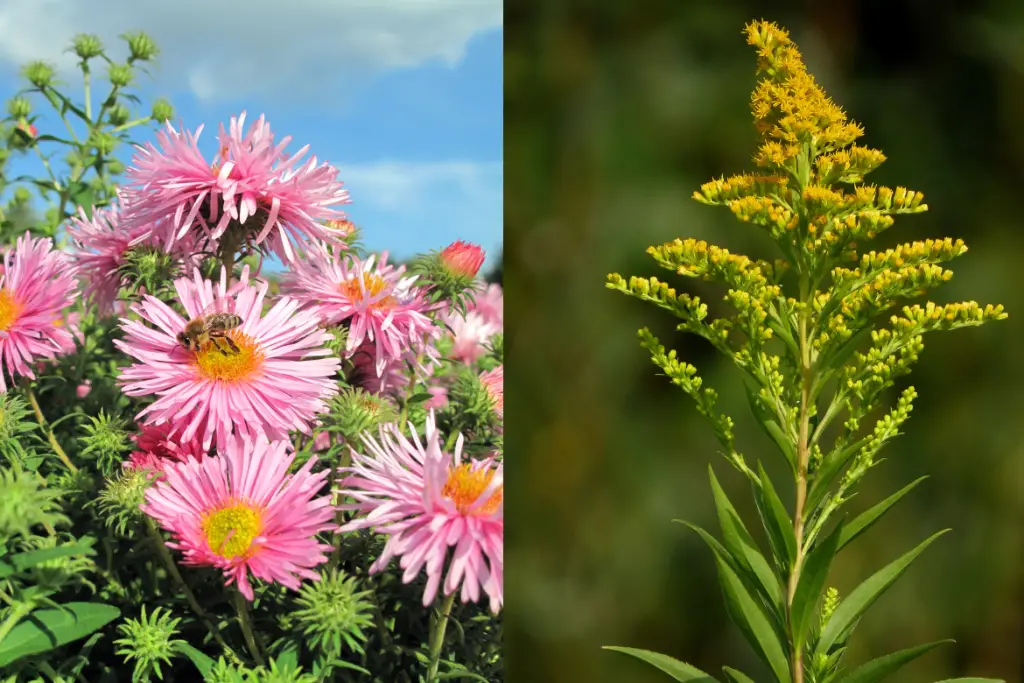
Why it Matters:
This variety is crucial because bees don’t take a vacation from their important work. They need food throughout the year, from the moment they wake up in spring until they start preparing for winter. By having a mix of early, mid, and late-season blooming flowers, you’re essentially keeping the buffet open for bees all year round.
Say No to Pesticides:
Pesticides might seem like a quick fix for dealing with unwanted garden pests, but these chemicals come with a heavy toll on our bee friends. They are not just harmful; they are a significant contributor to the declining bee populations. Bees, being highly sensitive creatures, can suffer adverse effects from the toxic nature of pesticides, ranging from weakened immune systems to outright fatalities.
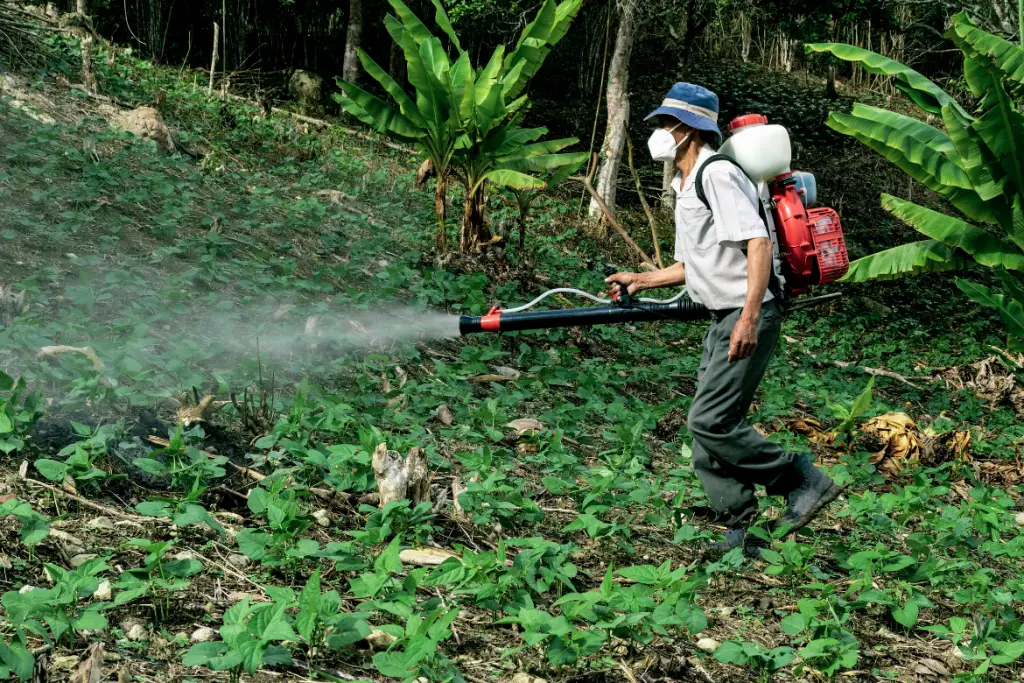
To safeguard these essential pollinators and promote a thriving garden ecosystem, it’s crucial to say no to pesticides. Instead, embrace a more intelligent approach to gardening. Choose natural fertilizers and eco-friendly pest control methods that keep your plants healthy without posing a threat to bees. By opting for alternatives, you’re not just cultivating a beautiful garden but actively participating in the conservation of these vital contributors to our environment. It’s a small change that makes a big difference, ensuring your garden remains a safe and welcoming space for our buzzing companions.
Opt for Single-Petaled Flowers:
When it comes to choosing flowers for your bee-friendly garden, think simplicity for the benefit of our buzzing buddies. Opting for flowers with fewer petals is like offering a clear runway for bees to navigate effortlessly. Single-petaled flowers, such as those found on sunflowers or cosmos, provide easy access to the precious nectar and pollen that bees seek.

On the flip side, double flowers, with their intricate layers of petals, can be like a complex maze for bees to navigate. While these blooms might be visually stunning for us, they pose a challenge for our industrious pollinator friends. Navigating through numerous petals to reach the center of the flower can be time-consuming and energy-draining for bees.
By keeping simplicity in mind when selecting plants, you’re not just making it easier for bees to collect their essential resources; you’re creating a bee-friendly garden that aligns with the natural preferences and needs of these vital pollinators. So, as you plan your garden, remember – less can truly be more when it comes to supporting the well-being of our buzzing companions.
Embrace Weeds:
Contrary to popular belief, not all weeds are enemies in your garden; some are invaluable allies for our pollinator pals. Weeds, often overlooked or hastily removed, play a crucial role in creating a thriving bee-friendly garden. Dandelions and thistles, usually labeled as weeds, are, in fact, treasure troves for bees, offering a rich source of nectar that sustains their vital activities.
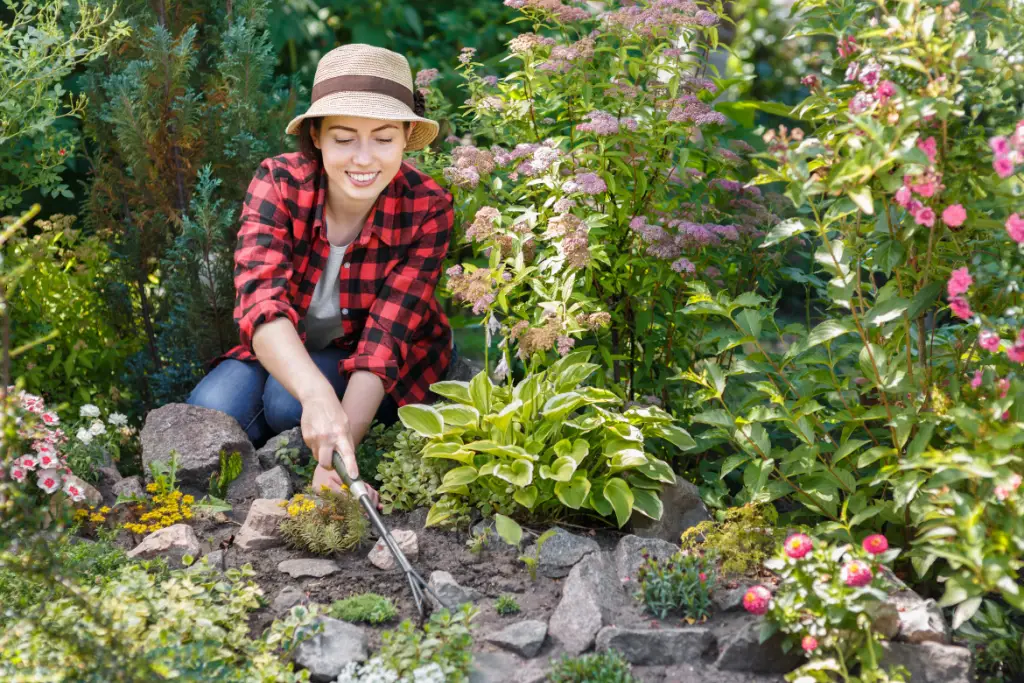
Consider leaving a patch of your garden a bit wild, allowing these so-called weeds to flourish. Dandelions, with their cheerful yellow blooms, and thistles, adorned with intricate purple flowers, act as beacons, attracting bees from far and wide. These humble plants, often underappreciated, provide essential sustenance for bees, ensuring a diverse and flourishing ecosystem right in your backyard.
By embracing a bit of wildness, you’re not just tolerating weeds; you’re creating a sanctuary for hardworking insects. This untamed corner becomes a haven where bees can find abundant nourishment, contributing to their well-being and overall population health. So, the next time you spot a dandelion or a thistle in your garden, consider it a welcome guest – a key player in the symphony of life that makes it a vibrant, buzzing haven for our indispensable pollinators.
Build Bee Hotels:
Once you’ve treated bees to a feast of nectar-rich flowers, it’s time to extend your hospitality by offering them a cozy place to rest and nest. Introducing a DIY bee hotel to your garden is a simple yet impactful way to provide shelter for solitary pollinators. All you need is a wooden box, some hollow stems of varying diameters for nesting, and a secure fixture. This thoughtful addition not only enhances the charm of your garden but also creates a haven for solitary bees to lay their eggs. By taking a few extra steps to accommodate these pollinators, you’re contributing to the well-being of your garden’s ecosystem, ensuring a harmonious balance between nature and your cultivated space.
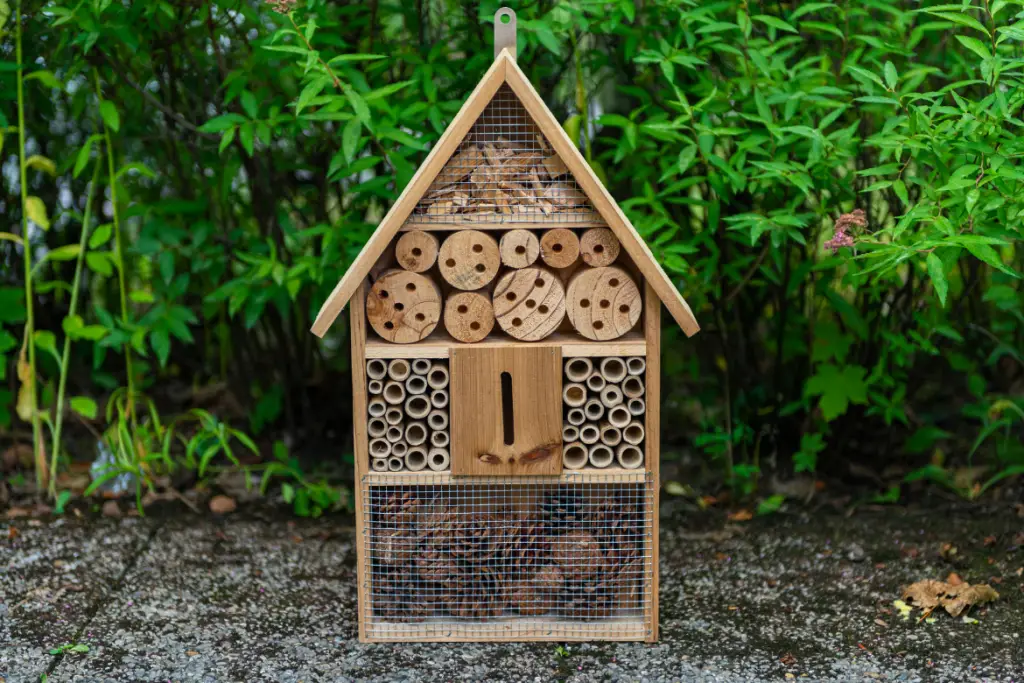
Provide Water Sources:
While creating a haven for bees, don’t overlook the importance of keeping them hydrated. A simple and effective way to do this is by incorporating a shallow water source into your garden, accompanied by strategically placed rocks for solid ground. This ensures that bees can easily access water without the risk of drowning. By offering a thoughtful water feature, you’re completing the circle of a truly bee-friendly garden, catering to all aspects of their needs. So, as you nurture your garden, remember that a sip of water can be as vital to a bee as the nectar they diligently collect. With this holistic approach, your garden becomes not just a visual delight but a supportive environment that acknowledges and meets the diverse requirements of our essential pollinators.

Conclusion:
With these tips, you’re ready to transform your garden into a buzzing paradise that not only delights you but also supports the essential work of our beloved pollinators. Join the mission to create bee-friendly spaces and let the beauty of nature flourish in your backyard.



